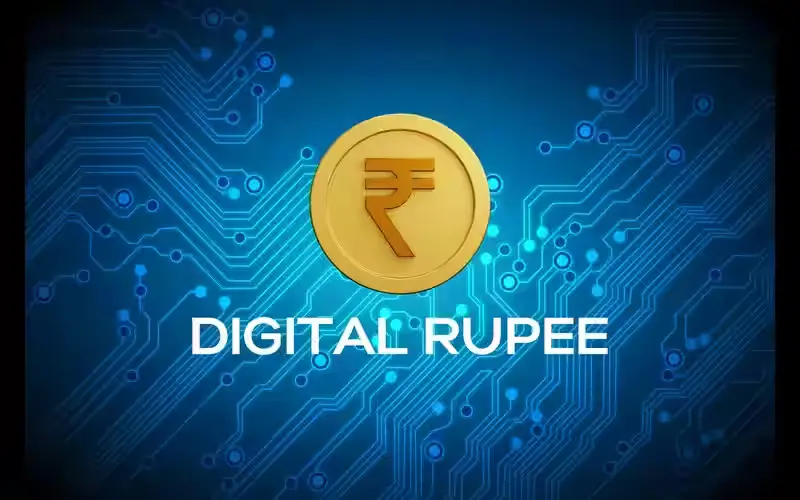UPI compatibility has been added to the State Bank of India’s (SBI) Digital Rupee (e-rupee), also known as the Central Bank Digital Currency (CBDC). This feature enables SBI CBDC users to scan merchant UPI QR codes for transactions and is available through the “e-Rupee by SBI” application. The union of CBDC with UPI will increase transaction efficiency and transparency while reducing reliance on cash transactions.
This integration to promote the use of digital currencies in regular transactions was made possible by SBI’s involvement in the RBI’s retail digital e-rupee program in December 2022. SBI predicts that this combination will significantly alter the ecology surrounding digital currencies. The bank works hard to offer reliable and effective transaction solutions.
The Unified Payments Interface (UPI) is a mobile-based quick payment system that allows users to create their own Virtual Payment Addresses (VPAs) and make round-the-clock immediate payments. In India, the UPI payment system has grown incredibly popular for retail digital payments, and usage is growing quickly.
“The seamless integration of CBDC with UPI marks a significant leap for the bank, enhancing the acceptance and utilization of digital currencies in everyday transactions,”
SBI’s press release
The Reserve Bank of India introduced the digital rupee, also known as Central Bank Digital Currency (CBDC), on December 1, 2022, as a test program. Finance Minister Nirmala Sitharaman announced the introduction of the Central Bank Digital Currency (CBDC) in the Union Budget 2022–2023. CBDCs are a type of electronic national currency. Similar to cash, it does not earn interest but can be changed into other types of payment like bank deposits.
SBI seeks to transfer how payments are made in India by bridging the gap between CBDC and the widely utilized UPI platform. The future of CBDC integration appears hopeful with this step in the digital payments space.

Leave a Reply
You must be logged in to post a comment.